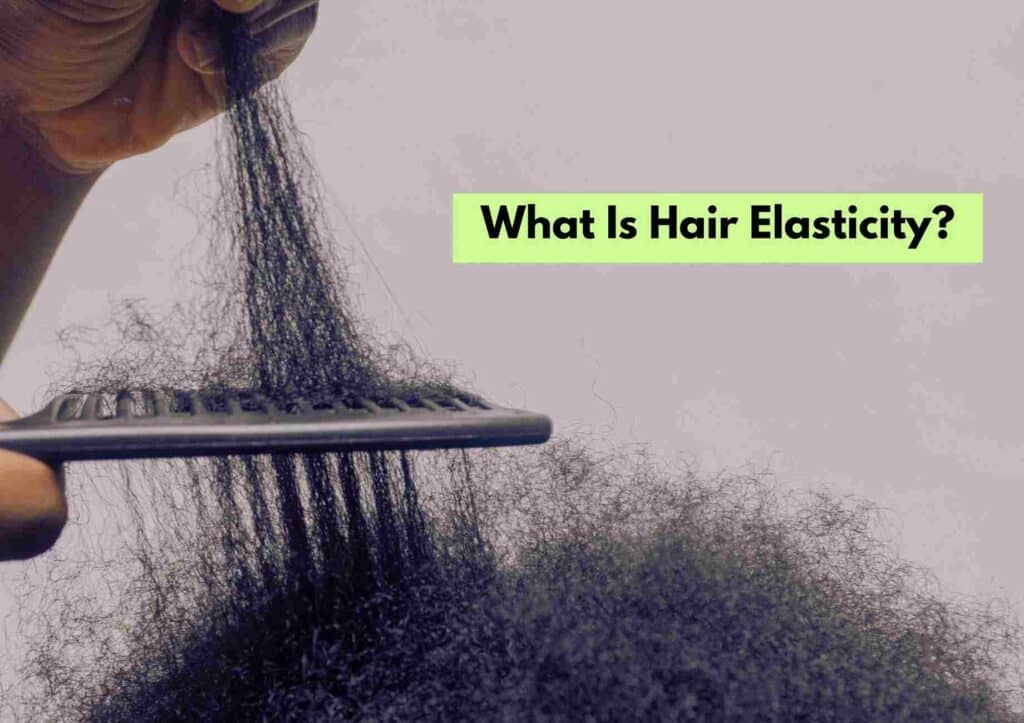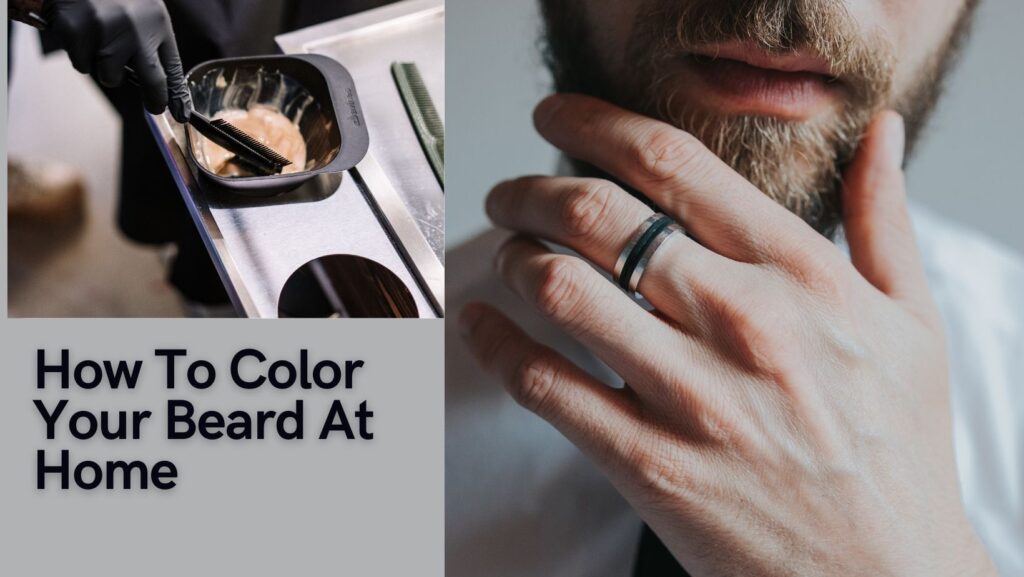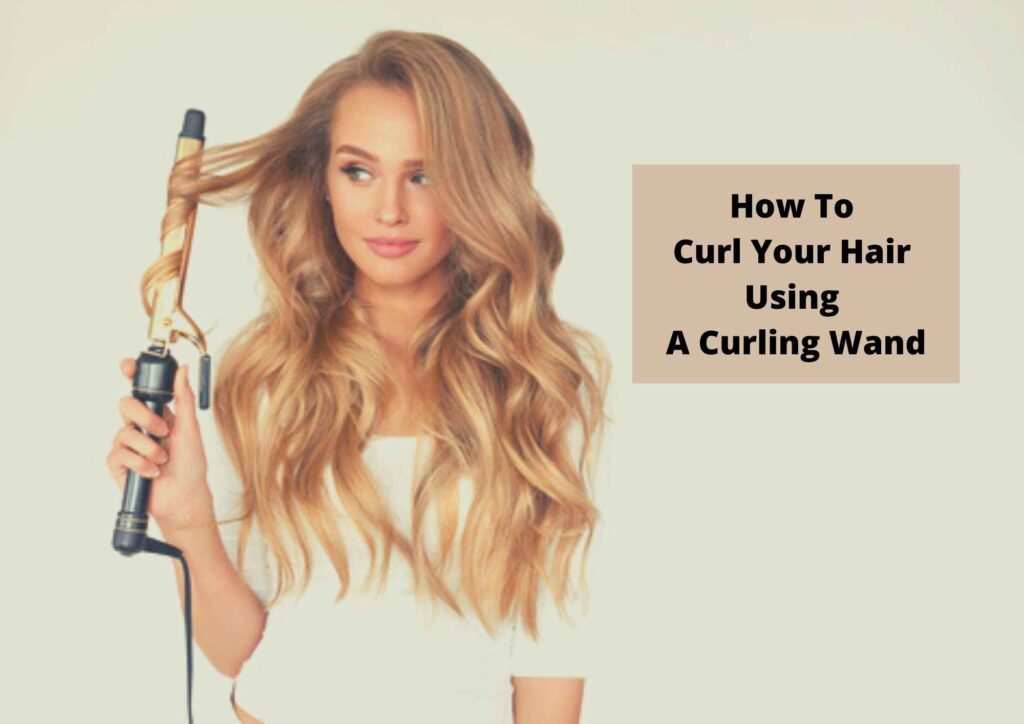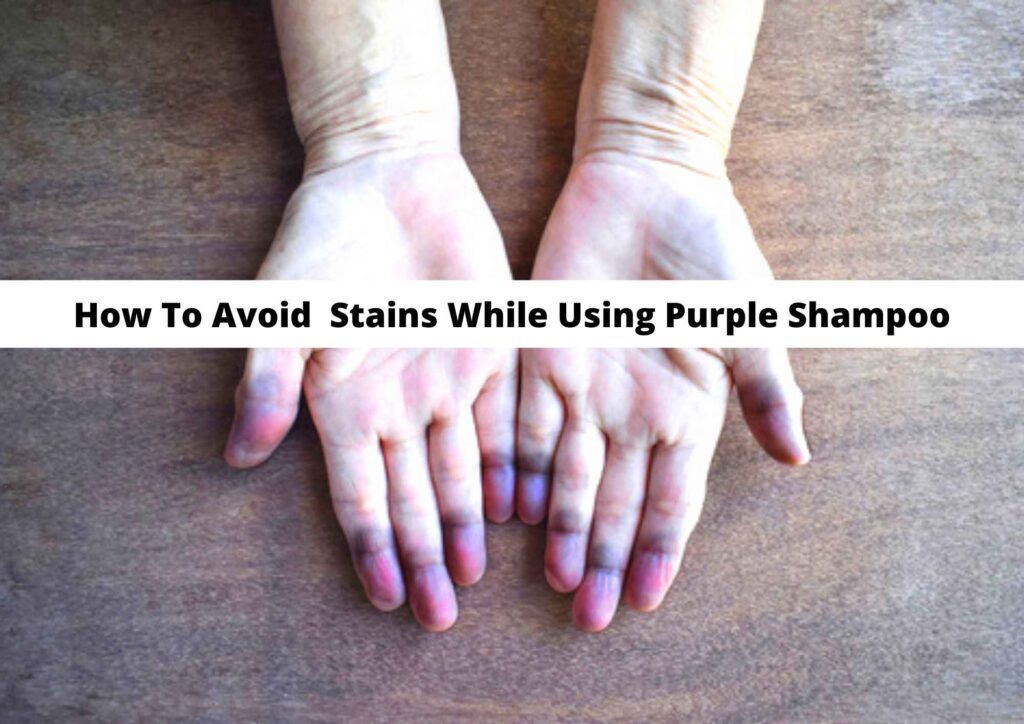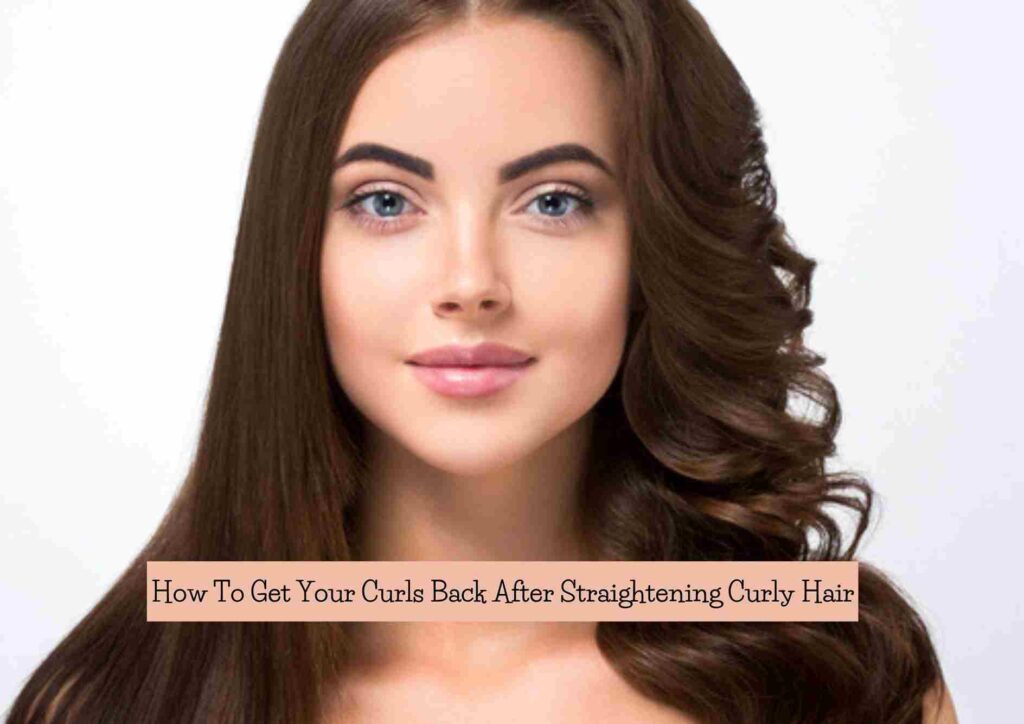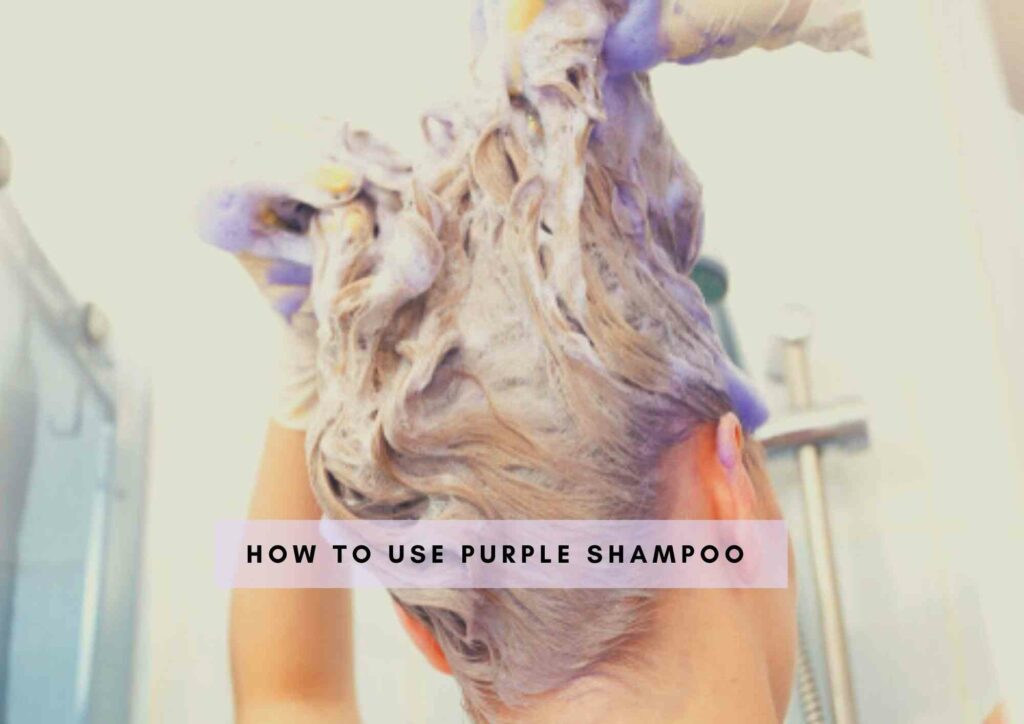In this article, we will learn about what is hair elasticity, its definition and the different types that exist and also how to test your hair elasticity.
Hair elasticity is a crucial aspect of hair health that often goes unnoticed.
Understanding what it is and how it can impact your locks is the first step toward achieving your hair goals.
I will also discuss the factors that affect your hair’s elasticity, along with effective ways to test it.
- What Is Hair Elasticity?
- Types Of Hair Elasticity
- What Affects The Elasticity Of Your Hair?
- How To Test Hair Elasticity?
- How To Improve Hair Elasticity?
- Tips For Improving Hair Elasticity
Why You Should Trust Haireveryday?
The author of this article, Leah Marie Priest has a degree in Cosmetology with years of experience in dealing with hair care, scalp care, and hairstyling. As someone who extensively deals with all kinds of hair textures, products, styling methods and more, hair Leah Marie knows what kind of products and procedures suit each hair type and person. We have also tested these hair products and processes ourselves to provide you an unbiased review about every product. Each of our articles are also reviewed by a team of medical professionals so that you get the most accurate and expert-reviewed information.
What Is Hair Elasticity?
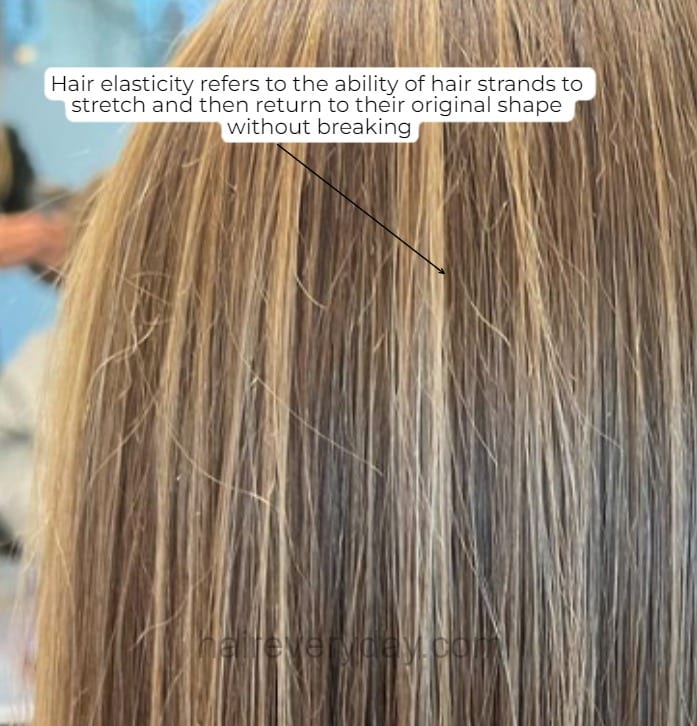
Hair elasticity refers to the ability of hair strands to stretch and then return to their original shape without breaking. This characteristic is crucial in determining the overall health and strength of your hair. Understanding hair elasticity can help you identify the right products and treatments to maintain healthy locks.
Factors such as genetics, heat styling, chemical treatments, and environmental influences can all impact hair elasticity. To maintain or improve elasticity, consider adopting a hair care routine that includes moisturizing products, regular deep conditioning, and minimizing heat and chemical exposure.
Related: What Is Hair Porosity And How To Find Out Yours
Types Of Hair Elasticity
Hair elasticity refers to the ability of hair strands to stretch and return to their original shape without breaking or losing elasticity. Understanding the different types of hair elasticity can help you choose the right hair care products and treatments that will maintain the health and strength of your hair.
Here are the three main types of hair elasticity:
- High Elasticity: Hair with high elasticity can be stretched without breaking and will quickly spring back to its original shape. This type of hair can handle heat styling and chemical treatments better.
- Normal Elasticity: Hair with normal elasticity has a moderate stretch and will return to its original shape with minimal breakage. It is less prone to damage but still requires proper care and protection.
- Low Elasticity: Hair with low elasticity is more prone to breakage and lacks the ability to stretch and bounce back easily. It is often dry, brittle, and requires extra nourishment and moisture to regain elasticity.
Identifying your hair’s elasticity type can help you determine its specific needs. High elasticity hair may benefit from protein treatments to maintain strength, while low elasticity hair may require deep conditioning treatments to improve moisture and flexibility.
Remember, choosing hair care products specifically designed for your hair elasticity type will promote healthier, more resilient hair.
What Affects The Elasticity Of Your Hair?
Hair elasticity refers to the ability of your hair strands to stretch and return to their original shape without breaking. Understanding what affects the elasticity of your hair can help you take better care of it. Here are some key factors to consider:
- Genetics: Your hair’s natural elasticity is largely determined by your genetics. Different individuals have different levels of elasticity in their hair strands.
- Diet and hydration: A well-balanced diet and adequate hydration are essential for maintaining healthy hair elasticity. Nutrients like protein, biotin, and omega-3 fatty acids contribute to hair strength and flexibility. Make sure to drink enough water and eat a variety of nutritious foods.
- Chemical treatments: Frequent use of chemical treatments such as relaxers, perms, and colorants can weaken the protein bonds in your hair, reducing its elasticity. It’s important to follow proper application techniques and give your hair regular breaks between treatments.
- Heat styling: Excessive heat from styling tools like flat irons and curling irons can cause damage to your hair cuticles, leading to reduced elasticity. Use heat protectant products and lower heat settings to minimize the risk of damage.
- Hair care practices: Routine practices like brushing your hair, towel-drying vigorously, and using harsh hair ties can contribute to breakage and lower elasticity. Use a wide-toothed comb or a brush specifically designed for detangling, gently pat dry with a microfiber towel, and opt for hair-friendly accessories like scrunchies or silk/satin hair ties.
By being mindful of these factors, you can help maintain optimal hair elasticity and promote healthier, stronger locks.
How To Test Hair Elasticity?
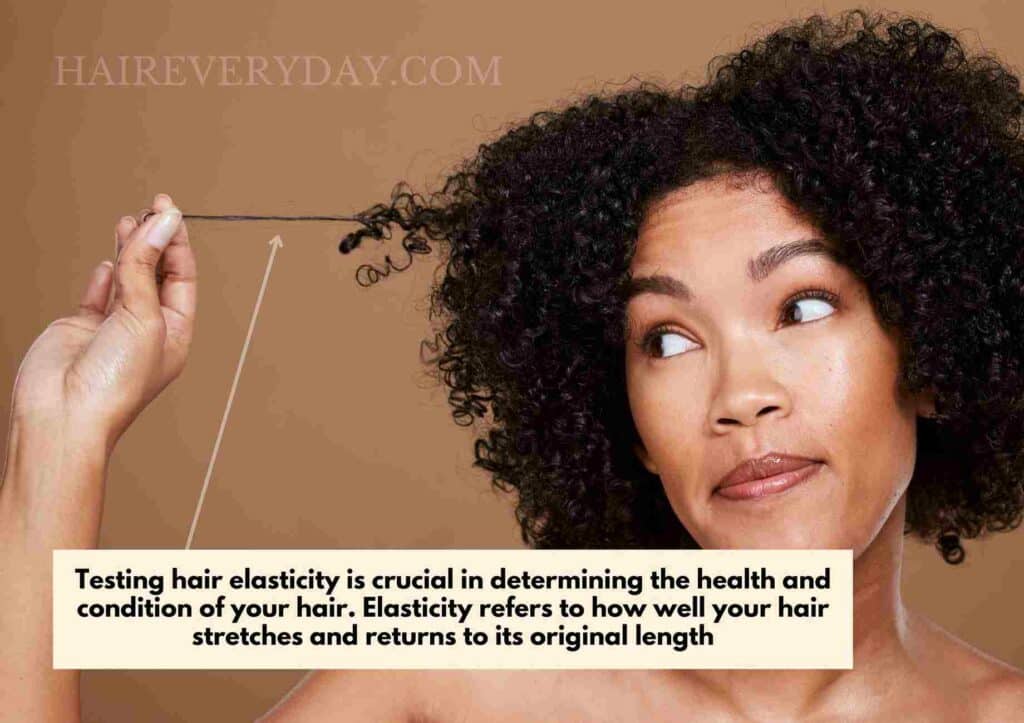
Testing hair elasticity is crucial in determining the health and condition of your hair. Elasticity refers to how well your hair stretches and returns to its original length. Here are some simple steps to test your hair elasticity:
- Take a strand of hair: Start by selecting a strand of hair, preferably wet and freshly washed.
- Stretch the hair: Gently hold the strand of hair between your fingers and slowly stretch it. Observe how the hair responds.
- Look for signs of elasticity: Healthy hair should stretch and then bounce back to its original length without breaking. If the hair snaps or doesn’t return to its original state, it likely lacks elasticity.
To further evaluate your hair’s elasticity, you can perform the following tests:
- The Wet Stretch Test: Wet your hair and repeat the stretching process. Well-hydrated hair should exhibit more elasticity.
- The Strand Test: Pluck a strand of hair from different areas of your head and perform the stretch test. This will help identify variations in elasticity throughout your hair.
How To Improve Hair Elasticity?
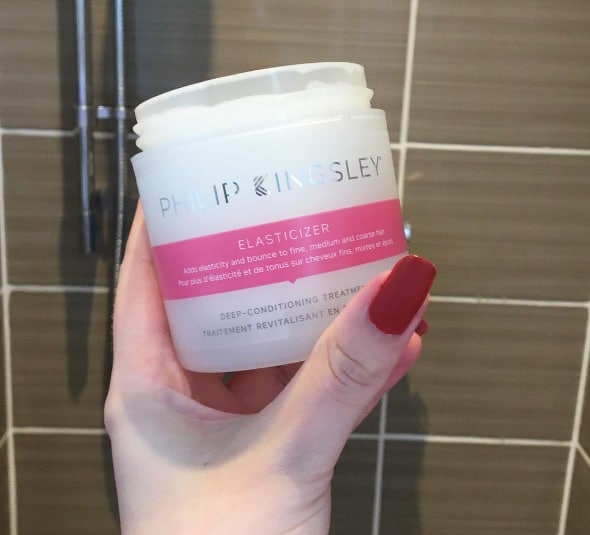
Hair elasticity refers to the ability of the hair strands to stretch and return to their original shape without breaking or snapping. If you want to improve your hair’s elasticity, try following these tips:
- Stay hydrated: Drinking an adequate amount of water helps maintain hair moisture, preventing dryness and brittleness.
- Include protein in your diet: Hair is made up of protein, so consuming enough protein-rich foods like eggs, fish, and dairy can support hair strength and elasticity.
- Avoid excessive heat styling: Frequent use of hot styling tools can damage the hair shaft, reducing elasticity. Limit heat styling and always use a heat protectant.
- Protect hair from UV rays: UV rays can weaken hair proteins, leading to decreased elasticity. Wear a hat or use a leave-in conditioner with UV protection when exposed to the sun.
- Use a gentle haircare routine: Harsh chemical-laden products can strip natural oils and weaken hair. Opt for sulfate-free shampoos and conditioners that nourish and hydrate the hair.
- Invest in regular deep conditioning: Deep conditioning treatments restore moisture and strengthen the hair. Look for products with ingredients like keratin, collagen, or argan oil. There is also research that shows that silicon can help in collagen synthesis and improving elasticity. (Araújo, Lidiane Advincula de et al. “Use of silicon for skin and hair care: an approach of chemical forms available and efficacy.” Anais brasileiros de dermatologia vol. 91,3 (2016): 331-5. doi:10.1590/abd1806-4841.20163986)
Improving hair elasticity requires consistency and patience. By following these tips, you can help your hair regain its bounce, flexibility, and resilience.
To summarize what we’ve learned
Hair elasticity is an important aspect of hair health.
It refers to the ability of your hair strands to stretch and return to their original shape without breaking.
There are different types of hair elasticity, including low, normal, and high.
Several factors can affect the elasticity of your hair, such as heat styling, chemical treatments, and excessive brushing.
It is crucial to test your hair elasticity regularly to assess its condition.
To improve hair elasticity, you can incorporate various practices like deep conditioning treatments, avoiding heat damage, and protecting your hair from external factors.
By following these tips, you can ensure healthier and more resilient hair.
Also Read:
Why Is My Curly Hair chaging to Wavy
How I Do Change My Hair Porosity – Low To High
To Summarize

